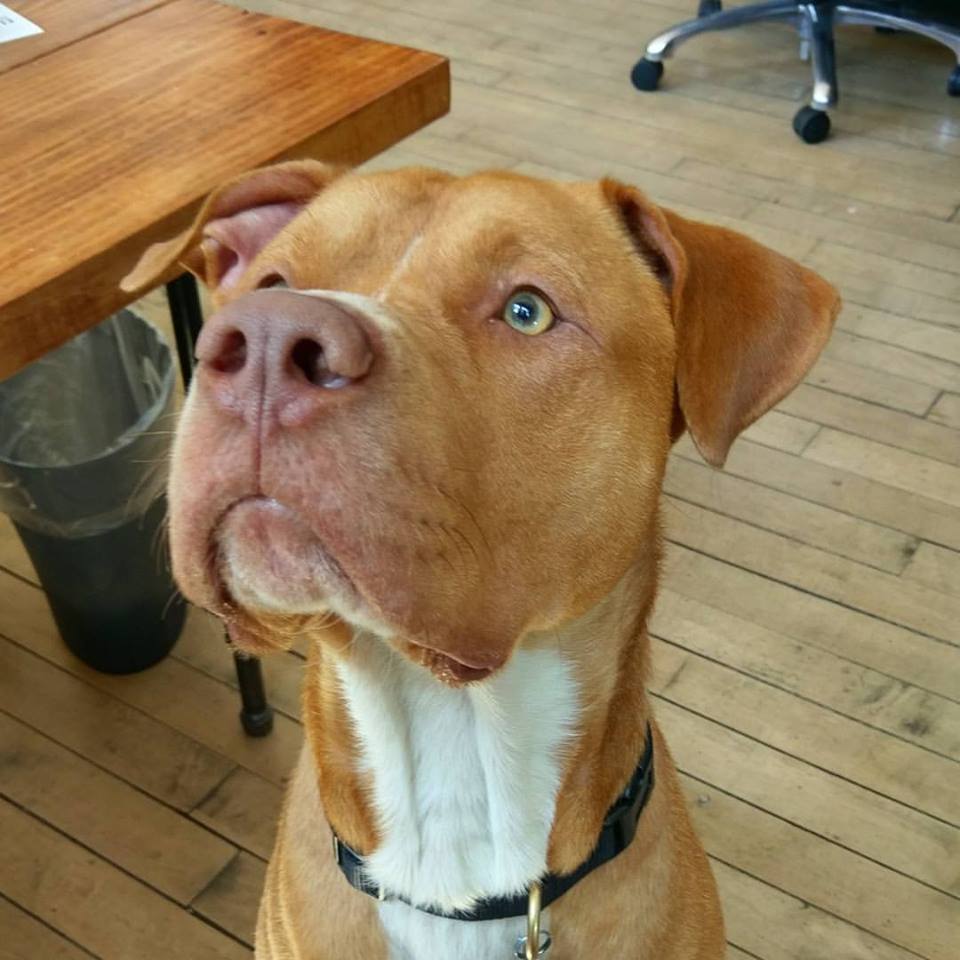Do you have a furry friend that you’re particularly attached to? Have you somehow convinced your boss to let Fluffy come to the office with you? Surprisingly, you’re not alone. If your company is one of the cool kids on the block, you may have heard of the newest workplace trend: office pets.
You might be thinking, “No way. I don’t work in one of those new-age, hipster offices with their open layouts and flowing creativity. I can’t bring Princess Fluffernutter to work!” But really, it’s not all that different from having them at home with you. Now, we’re not talking about bringing in your potty-training puppy. There are obviously some ground rules when deciding whether or not your pet is ready for the daily grind.
1. Leave the tarantula/snake/scorpion at home.
The first rule of office pet parenting: don’t bring pets that will scare the bejeezus out of someone or cause harm if they were to escape. In addition to simply being a decent human and coworker, this is just common sense. These kinds of pets can be pretty distracting and terrifying to some people. At the end of the day, work still needs to get done, with or without your best bud at your side.
Also, you should get a dog like everyone else. Weirdo.
2. Dogs are great. Yours may not be.
I know everyone has a soft spot for their own pup, so I really hate to break it to you: your dog might suck in an office setting. If your dog pees on new friends, it’s not an office dog. If your dog barks every time someone walks through the door, it’s not an office dog. Sure, any animal would need time to adjust, sniff around, and get to know everybody at the office. But the pet can’t cause too much disruption for your coworkers or clients.
Our friends over at Longerdays.com have embraced the office pet trend. A few different pups have gone in and out of their office, but one in particular visits at least once a week. Everyone meet Simon.
 Simon is the ideal office dog. For one, he’s very professional. He doesn’t bark or disrupt phone calls. He doesn’t play too rough or knock things over (too often). Simon simply makes his rounds throughout the office, lets everyone pet him, and occasionally looks at your food longingly before continuing to the next desk. If your dog is like Simon, you have a primo canine candidate.
Simon is the ideal office dog. For one, he’s very professional. He doesn’t bark or disrupt phone calls. He doesn’t play too rough or knock things over (too often). Simon simply makes his rounds throughout the office, lets everyone pet him, and occasionally looks at your food longingly before continuing to the next desk. If your dog is like Simon, you have a primo canine candidate.
3. Come purrrpared.
Take it from me: bringing a pet to work is, well, work. It goes without saying that your new work buddy needs everything in the office that they would need at home. Back in May, I brought my gracefully-aging 17 year-old cat to the Revel office for a day. I made sure I had everything on-hand: cat carrier, food, water dish, cat nip, toys, her favorite blanket, and a mini-litter box. If I had forgotten her food or anything else, I would’ve left to get it from home, possibly leaving my coworkers high-and-dry. Save yourself the trouble and come prepared. Your coworkers and your pet will be better for it.
4. Throw your coworkers a bone.
Don’t show up on Monday at 8am with a Husky puppy in tow without giving your team a heads-up. You’d be surprised how many of your coworkers have pet dander allergies. Try to tell everyone a day or two ahead of time. This gives everyone the chance to gather what they need for their allergies or simply mentally prepare for the furry invasion. A quick email is all you need.
And there you have it – the basic ground rules for introducing a pet to your workplace. Just remember this isn’t the first step; you still need to convince your boss that an animal in your office is a good idea. Good luck with that.









